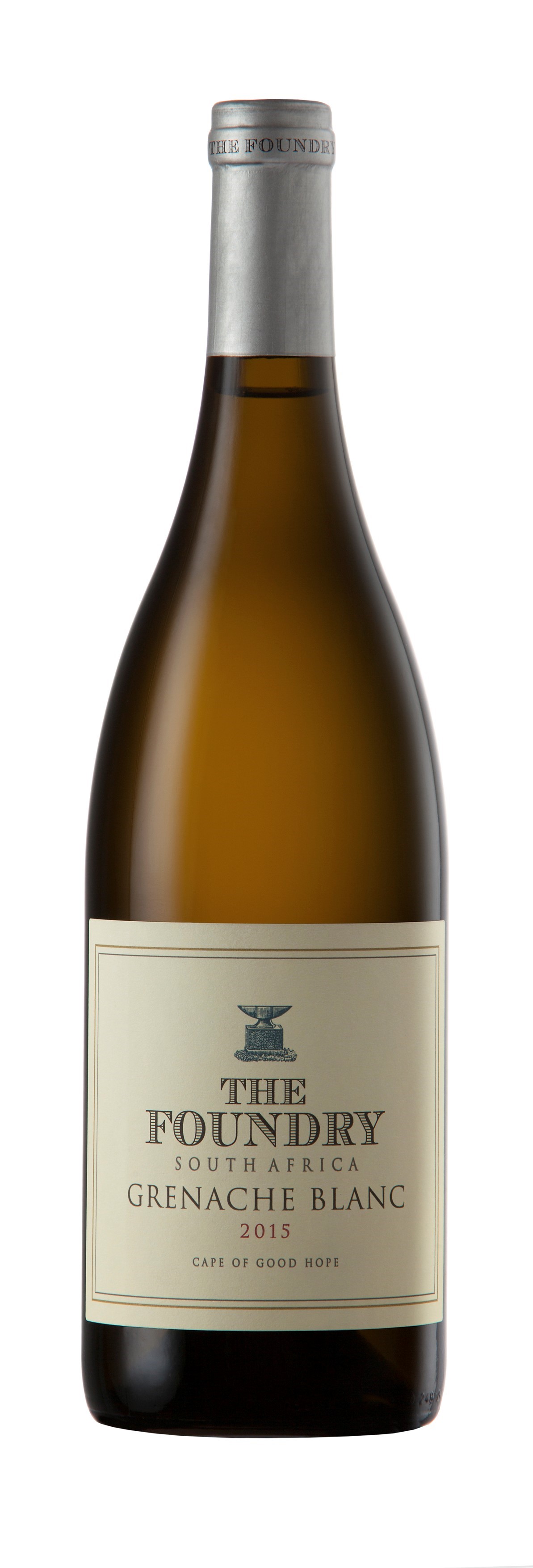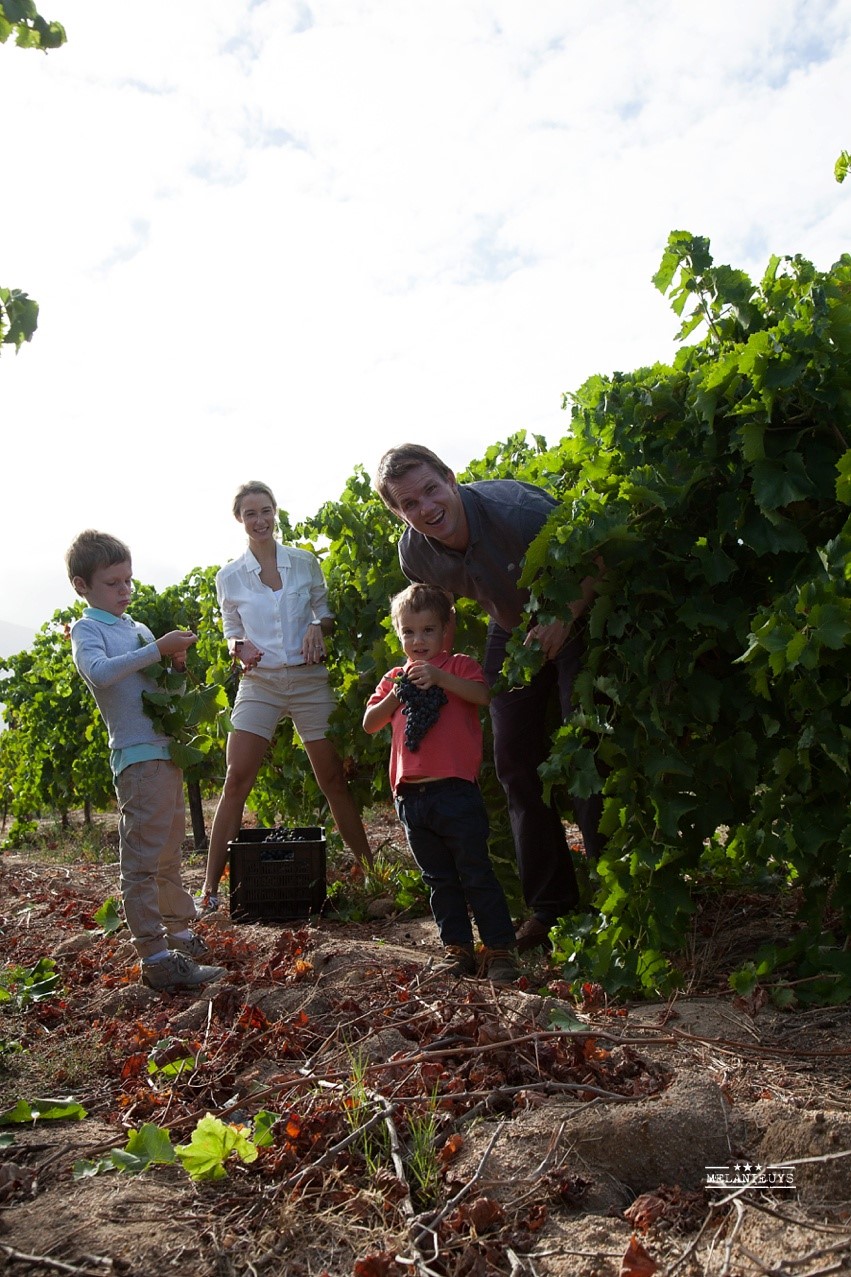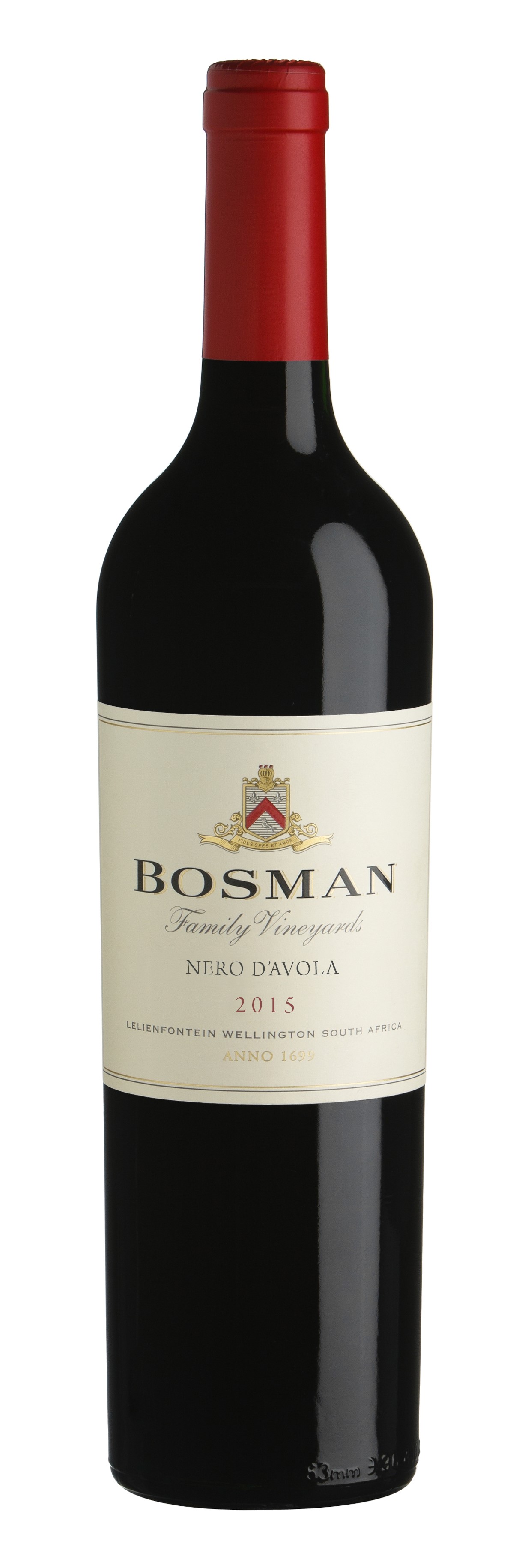
Beyond the Mainstream
Valdiguié. No, I hadn’t heard of this obscure or ‘rather ordinary’ (as Jancis Robinson describes it in Wine Grapes) variety from South-West France until I tasted it recently under the Wilson Foreigner label, a Californian project between David Wilson and South Africa’s Chris Alheit. Valdiguié is most definitely an alternative variety.
As is Grenache Blanc in South Africa, though far from ordinary. The variety covers just 110 hectares of the Cape’s roughly 98 500 ha of wine grapes, producing a handful of varietal wines (it’s increasingly popular in white blends); its potential was highlighted when Chris Williams’s The Foundry Grenache Blanc 2015 was awarded White Wine of the Year in the 2018 Platter guide. A coup, when you consider it was up against the more extensively planted, mainstream whites, Sauvignon Blanc, Chardonnay and Chenin Blanc.

Why did Williams, who also produces a Roussanne (75 ha under vine) and Viognier (822 ha), choose these alternative varieties? ‘On my 1994 visit to the Rhône, I experienced the wines’ warmth with freshness, perfume without sweetness, spice without pronounced earthiness and generosity of flavour from fruit concentration rather than alcohol,’ he enthuses. Noting the similarity of climate and granite outcrops with the Cape, he sought them out as they became available.
Of course, Williams acknowledges that the Cape’s huge diversity of soils, meso-climates, aspects etc allow for success with many varieties, both white and mainstream reds like Cabernet and Shiraz. ‘I don’t think my whites intrinsically do better or worse than others, it depends where they are planted,’ he confirms.

Will they ever challenge the big five in terms of area under vine? (Chenin Blanc just under18 000 ha; Cabernet around 11 000 ha). ‘I suspect not, or not during my career,’ Williams admits. ‘My experience at Meerlust (where Williams is Cellarmaster) shows consumers love Cabernet and Chardonnay; a lot more work needs to be done to gain broader acceptance of other varieties.’
Broader acceptance and knowledge of the Sicilian variety, Nero d’Avola will undoubtedly be necessary. Few will be aware it is even grown in the Cape (all 1.82 ha of it), let alone that a varietal wine is commercially available.
The story behind Bosman Family Vineyards Nero d’Avola begins with Petrus Bosman listening to Professor Hunter lecturing on the importance of pH, a signal of wine’s longevity, which is established in the vineyard rather than the cellar. Discussion about Southern Italian varieties that might better provide natural acid and pH balance led to a visit to Sicily (conveniently via London, where Carla, Petrus’ then girlfriend, now wife, worked), Nero d’Avola plant material sourced and much was learnt about this ‘vinicultural hub’, as Bosman describes the island.

Only two vines survived, but field-grafting buds on older Cabernet Sauvignon vines eventually led to the establishment of a Nero d’Avola vineyard on the Bosman’s Wellington farm. For Petrus, Carla and their three boys, harvesting this vineyard together is now a family tradition.
The 2014 was presented at Cape Wine 2015 as part of a Terroir seminar; now, 2015 is the first commercially available. This deep-coloured, generous wine with spicy plum flavours and natural freshness further adds to diversity with quality in South African wine.
There are many more little known but quality varieties out there which South African producers are set to explore.
-Angela Lloyd